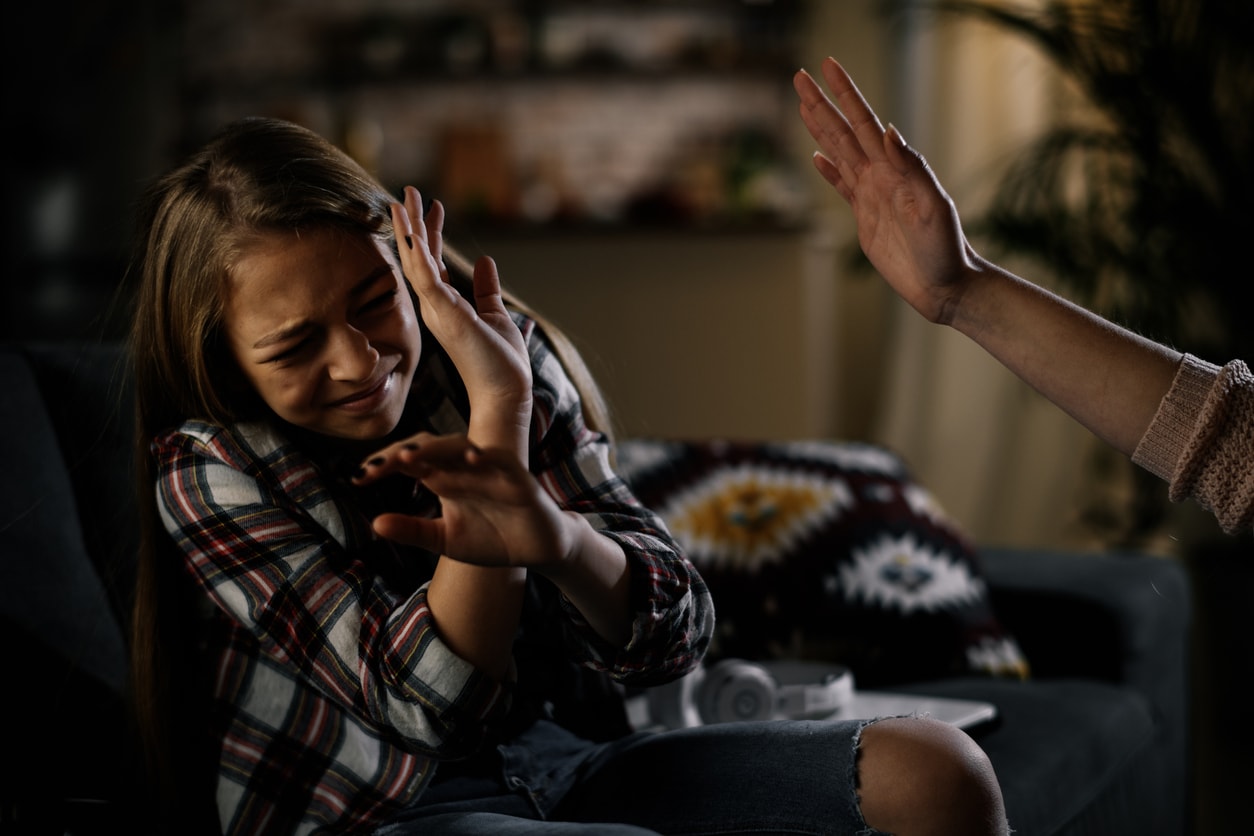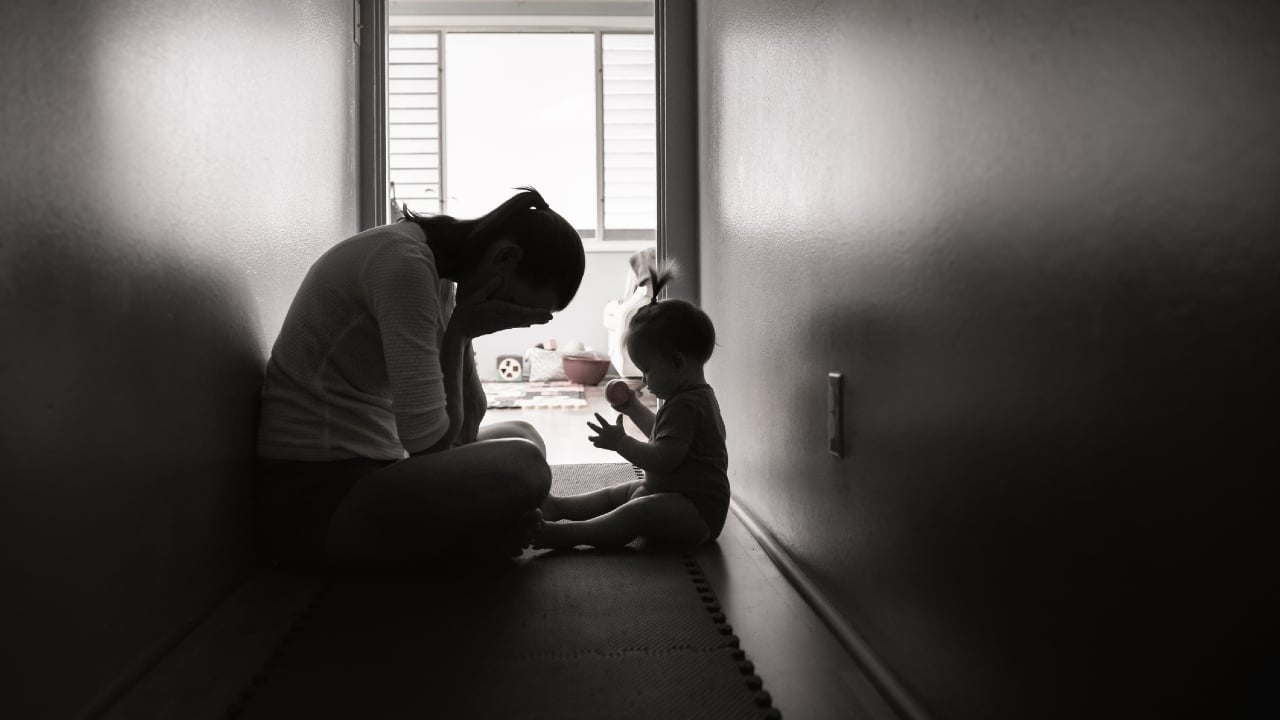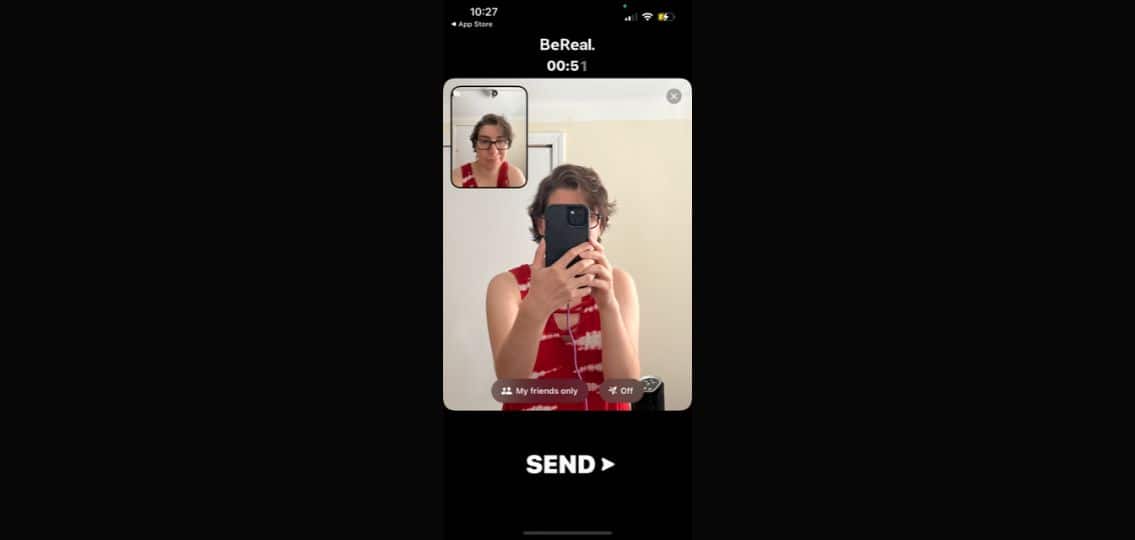Spanking is an outdated tool in our parenting toolbox. We need to retire it and listen to what research is telling us about the impact of spanking on children. It’s still a common form of punishment around the world. Only 62 countries – not including the U.S. – have a ban on corporal punishment. In the U.S., nearly one-third of parents report spanking each week.1 The move toward gentler parenting methods has been occurring, but there are still scores of parents and caregivers who say things like “I was smacked, and it never did me any harm” or “How else will they learn.” However, research tells us that spanking is incredibly harmful and ineffective, so these arguments fall flat.
Please note that even though I use the term “spanking” here, I use it for ease of understanding. I disagree with the term. The word itself can feel innocuous and inoffensive because it hides or changes the actual behavior we are talking about. Spanking is hitting, slapping, creating pain, and potential injury; it is physical or corporal punishment.
What Does Current Research Say?
New research shows us that one impact of spanking is that it alters the brain similarly to severe maltreatment and makes the brain more prone to the perception of threats.2 This study compared children who were spanked versus those who were not. The research found that spanked children showed a more significant response in their brains to perceived threats than those who were not spanked. This tells us that spanking rewires the brain, resulting in children being more likely to misinterpret situations or things like facial and emotional expressions (frowns, smiles, etc.). These changes affect a child’s ability to detect threats and regulate emotions. This can be linked to depression and anxiety disorders, making it harder for them to engage in things like education settings.
Increases Negative Behaviors
One argument for allowing and condoning spanking is that it positively changes behavior. But a study review identified that instead of positively changing behavior, it has the opposite effect.3 The impact of spanking includes children becoming at increased risk of being a victim of physical abuse, experiencing mental health issues, antisocial behaviors, impaired cognitive and intellectual abilities, low self-esteem, problematic behaviors, and a more negative parent-child relationship. Spanking is ineffective because the behavior change is due to fear of getting hit rather than learning appropriate behaviors or expectations. If they don’t know the “why,” then there can be no actual change in the behavior because they don’t truly understand why it isn’t a good idea to do whatever resulted in them getting spanked.
It’s a Form of Violence
Another recent study supports the idea that physical punishment is a form of violence that harms children.4 The study identified some key findings; that physical punishment consistently predicts that problematic behavior in children will increase and predicts worsening behavior. The study found no association between physical punishment and positive long-term outcomes. So spanking kids will not make them better behaved; it has the exact opposite effect.
Helpful Strategies to Use Instead of Spanking
Here are some helpful strategies to use when teaching positive behaviors to your children:
Manage Your Emotions
First, parents need to manage their own emotions. This is so they are calmer and less likely to react and potentially use physical punishment. When children witness their parents coping and handling challenging situations, they will copy this or learn expected behaviors.
Create Natural Consequences
One big reason I mentioned earlier that spanking isn’t effective is that the child learns to fear the smack but doesn’t learn why their behavior was wrong. So, it is more effective to dole out natural consequences. These consequences are more closely linked with the child’s problematic behavior. This means they can start to create a link between their behavior and a negative outcome. So, for example, if they break a toy, they might not be able to play with it. If they hurt someone, you could remove them from play or away from the person so they can no longer hurt them. It might even be turning off the TV if they are arguing with a sibling over whose turn it is.
Use Positive Reinforcement
Praise and reinforcement are much more effective than spanking. Spanking sends the message that we hit to resolve issues. On the other hand, praise for positive behavior is a way of shaping your child’s actions in constructive ways. This teaches them what behaviors you are looking for them to repeat. It also keeps your relationship strong, which increases compliance in the long term.
Solve Problems Together
If you help your child problem solve, it will help increase their capacity to reason and use logic; this, in turn, allows them to make better decisions. It’s also effective to get children to play a role and contribute their thoughts to consequences for inappropriate behavior. When you work with your child to develop a reasonable consequence, you increase their buy-in and understanding because you tap into the logical part of the brain. When involved in decision-making, they are more likely to remember the rules or consequences, which helps them refrain from the behavior you are trying to avoid.
The evidence is stacking up in favor of not spanking our little ones because of its impact. Parents who still use this tool may want to review why they should discontinue this practice when research tells us it creates worse or more problematic behaviors and is more harmful to our children. With evidence that spanking is ineffective at best and dangerous at worst, we should encourage parents to use positive parenting approaches, have compassion, clear and firm boundaries, and reward and praise the behaviors they want their children to repeat to help their children thrive.

 PARENTING TIPS
PARENTING TIPS PREGNANCY
PREGNANCY BABY CARE
BABY CARE TODDLERS
TODDLERS TEENS
TEENS HEALTH CARE
HEALTH CARE ACTIVITIES & CRAFTS
ACTIVITIES & CRAFTS


